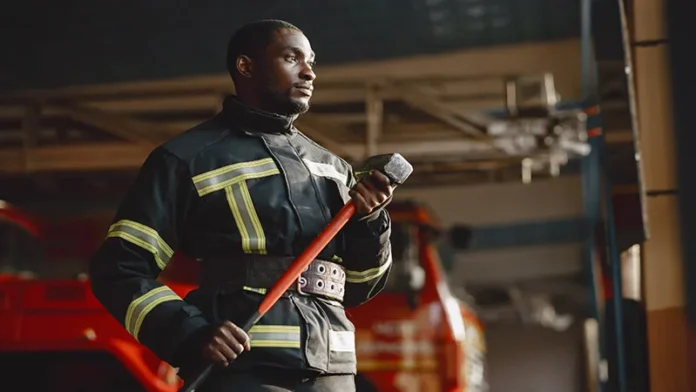Key Takeaways
- Becoming a firefighter in Texas requires rigorous training and certification processes.
- Physical fitness and medical evaluations are essential components of the selection criteria.
- Continuous education and specialization can enhance a firefighter’s career and effectiveness.
Introduction
The role of a firefighter is as rewarding as it is challenging. These brave individuals are tasked with protecting lives, property, and the environment from fires and other hazards. For many, it’s a calling rather than just a career. In Texas, the path to becoming a firefighter is structured to ensure that only the most prepared and committed individuals join the ranks. From initial training to certifications, understanding each process step is essential for aspiring firefighters.
Understanding the Basics of Firefighter Training
For those wondering and asking themselves how do I become a firefighter in Texas, the journey begins with understanding the prerequisites and training requirements. Candidates must typically meet specific baseline criteria, including being 18 years old, possessing a high school diploma or GED, and holding a valid driver’s license. Once these basic requirements are met, prospective firefighters must undergo physical training to prepare for the demanding physical abilities test. These standards ensure candidates have the endurance and strength required for the rigor of firefighting duties.
Certification: A Crucial Step
Achieving certification is a critical milestone on the path to becoming a firefighter. This involves completing a firefighter training program that the Texas Commission accredits on Fire Protection (TCFP) in Texas. These programs provide comprehensive instruction in firefighting techniques, fire prevention, and emergency medical services, offering theoretical and hands-on experiences. Passing the required exams set by the TCFP certifies the training received and permits candidates to apply for professional firefighter roles.
The Importance of Physical and Medical Fitness
Physical and medical fitness evaluations are integral to the selection process for any firefighter candidate. These assessments ensure that candidates can handle the physical demands of the job, which include carrying heavy loads, maneuvering in confined spaces, and enduring high temperatures. A thorough medical examination assesses overall health, ensuring no underlying conditions may interfere with a candidate’s ability to perform their duties safely.
On-the-Job Training and Experience
Initial training and certification are just the beginning. New firefighters undergo extensive on-the-job training under the guidance of seasoned professionals. This phase allows recruits to apply their classroom knowledge to real-world scenarios and emergency responses. Additionally, firefighters are encouraged to engage in continuing education to keep up-to-date with the latest firefighting techniques, safety protocols, and technological advances. Continuous learning is essential in adapting to the evolving challenges faced by today’s firefighters.
Specialization and Career Advancement
Firefighting is a diverse field, offering various specialization options for those seeking to enhance their careers. Some firefighters pursue advanced training in hazardous materials, technical rescue, or fire investigation. Others opt for leadership roles, becoming officers or chiefs, which involve more administrative responsibilities and strategic decision-making. Specializing and advancing in one’s career boosts job satisfaction and enhances fire departments’ effectiveness and capability.
Conclusion
The path to becoming a firefighter is both rigorous and rewarding. The structured process of training, certification, and continuous education ensures that only the most qualified individuals serve in this critical role. As protectors of their communities, firefighters play an indispensable role in providing safety and responding to emergencies. Those committed to embarking on this journey can look forward to a fulfilling career dedicated to service, skill mastery, and the well-being of others.

